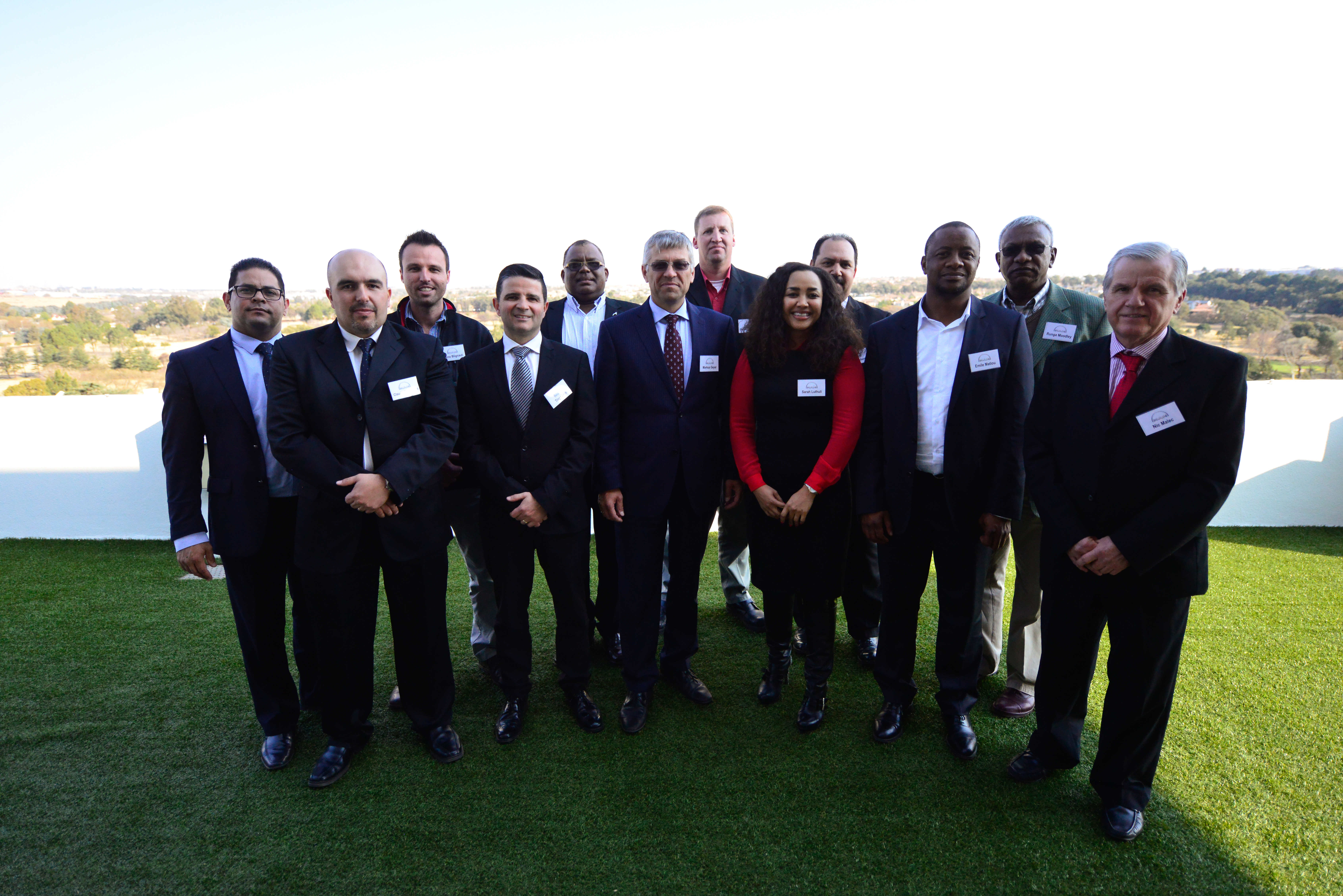At the 2018 SABOA Conference and Exhibition in July, Professor Jackie Walters, Strategic Advisor for the Southern African Bus Operators Association (SABOA), highlighted a number of important areas which needed to be covered in the Draft White Paper on National Transport Policy (WP). These additional pointers are aimed at encouraging the sustainable development of the South African public transport landscape, for the next 20 years. Earlier this year SABOA representatives attended a consultative workshop hosted in Gauteng, where the Department of Transport (DoT) invited public comments on the draft WP. Prof Walters specified several areas of improvement in the draft policy which he subsequently submitted to the DoT in writing. This article expands on these pointers.
Prof Walters is of the view that as a point of departure towards a more comprehensive policy, the draft White Paper (WP) ought to review the 1996 WP. This would be to determine which policy principles, goals and objectives did not work; the reasons why; and possible strategies to overcome the obstacles to their accomplishment. Conversely, all the successes achieved should be noted and serve as viable lessons for future application. There should also be less redundant restating of issues – for instance, the need for adequate funding for public transport – and more initiative in solving these matters in the manner suggested by the 1996 WP.
The basis of Prof Walters’ comments on the draft WP is the attempt to fill some policy gaps which have been identified in the draft WP. Bearing in mind that the paper is intended to be the industry’s governing policy for the next 20 years, it should show visionary appreciation of the future transport landscape. The specific areas where the draft policy document requires more detail is with regard to the impact of the digital revolution; increasing urbanisation in Africa; technological advancements, optimisation of transport provision; road safety; importance of tourism; and vehicle pollution.
No account of the “Fourth Industrial Revolution” – the “Internet of Things”
The draft WP does not explicitly account or provide context for the digital revolution, known as the “fourth industrial revolution” or the “internet of things”. This major development is expected to heavily impact the transportation and logistics sectors. It is foreseen that new technology and service offerings will lead to significant job losses in the sectors, as jobs are taken over by computers.
In similar vein as digitalisation, there is hardly mention of new technologies such as driverless cars, ride sharing, bike sharing and the impact of app-driven public transport such as Uber and Taxify. New energy sources are also set to directly impact on the fossil fuel industry’s entire value chain so the implications need to be pre-empted. To make any progressive plans without incorporating technologies that are already knocking on the industry’s door, is to inevitably regress.
Logistics systems in need of serious optimisation
South Africa’s logistics cost as percentage of GDP is one of the highest in the world. One major reason is that the country’s logistics system is not optimised because we are so far from our major export markets. Gauteng, the country’s economic capital, is also inconveniently far from its nearest ports. There are key imperatives for the logistics sector, such as the strengthening of road/rail corridors; the improvement of intermodal facilities, the decongestion of ports – especially the ship to shore activities – and the role of dry ports in supporting logistics systems. The draft WP does not sufficiently address this pressing need for optimisation.
Urbanisation and increased public transport demand
It is projected that urbanisation in Africa will accelerate at a faster pace than is currently the case. The World Bank estimates that in the next 25 years an additional 500 million people will be living in African cities. It goes without saying that this influx will be accompanied by a substantial increase in transport demand. The draft WP, however, is silent on this matter. Considering that this dynamic impacts both public transport and freight logistics systems, strategies have to be put in place to manage it.
In addition, there is hardly mention of how government intends to prioritise and optimise the provision of public transport to serve the low density urban areas that characterize South Africa’s urban landscape. This is the age old problem of lack of integration between transport planning and land use. For example, an associated issue is the formalisation of the 16-seat taxi industry. These are just a few among many more issues that have a bearing on the optimal provision of adequate transport facilities, as and where they are required.
One of the highest road death rates in the world
As goes the saying, “one death is one death too many”. It is therefore highly unsettling to know that on average 40 people die every day on the country’s roads. This statistic represents one of the highest road death rates in the world. To have this as an accepted norm calls to question the transport sector’s lack of accountability in this regard. One would expect major policy guidelines – like the WP – and industry initiatives to deal decisively with this matter over the coming years.
The WP is still at draft phase, meaning that there is still time for input and revision. Therefore, all necessary efforts must be employed to do justice to the review process. Stakeholders need to ensure that a formidable policy document is drafted, which will carry the industry into a daunting future, armed with a plan that addresses all foreseeable eventualities.















